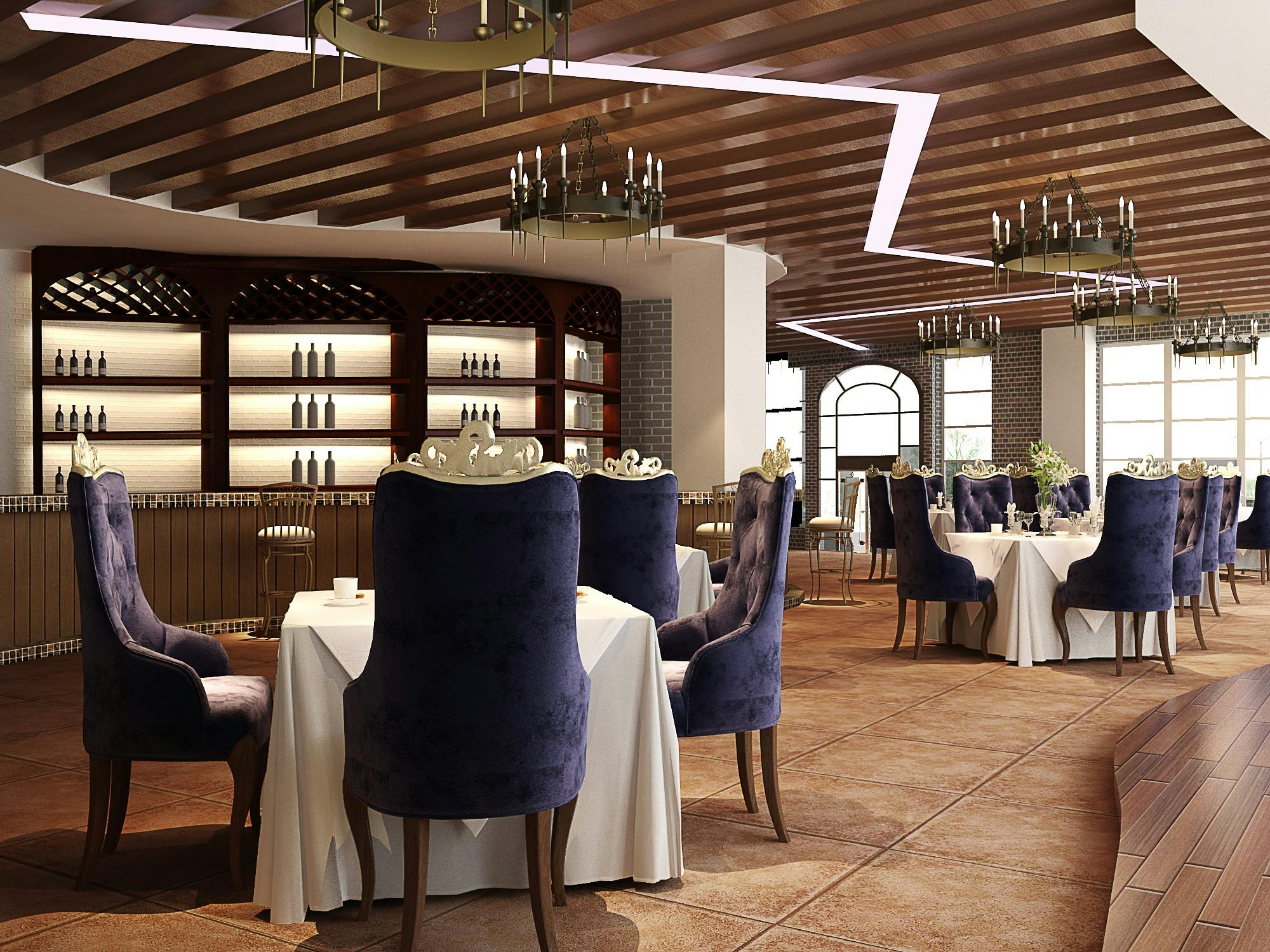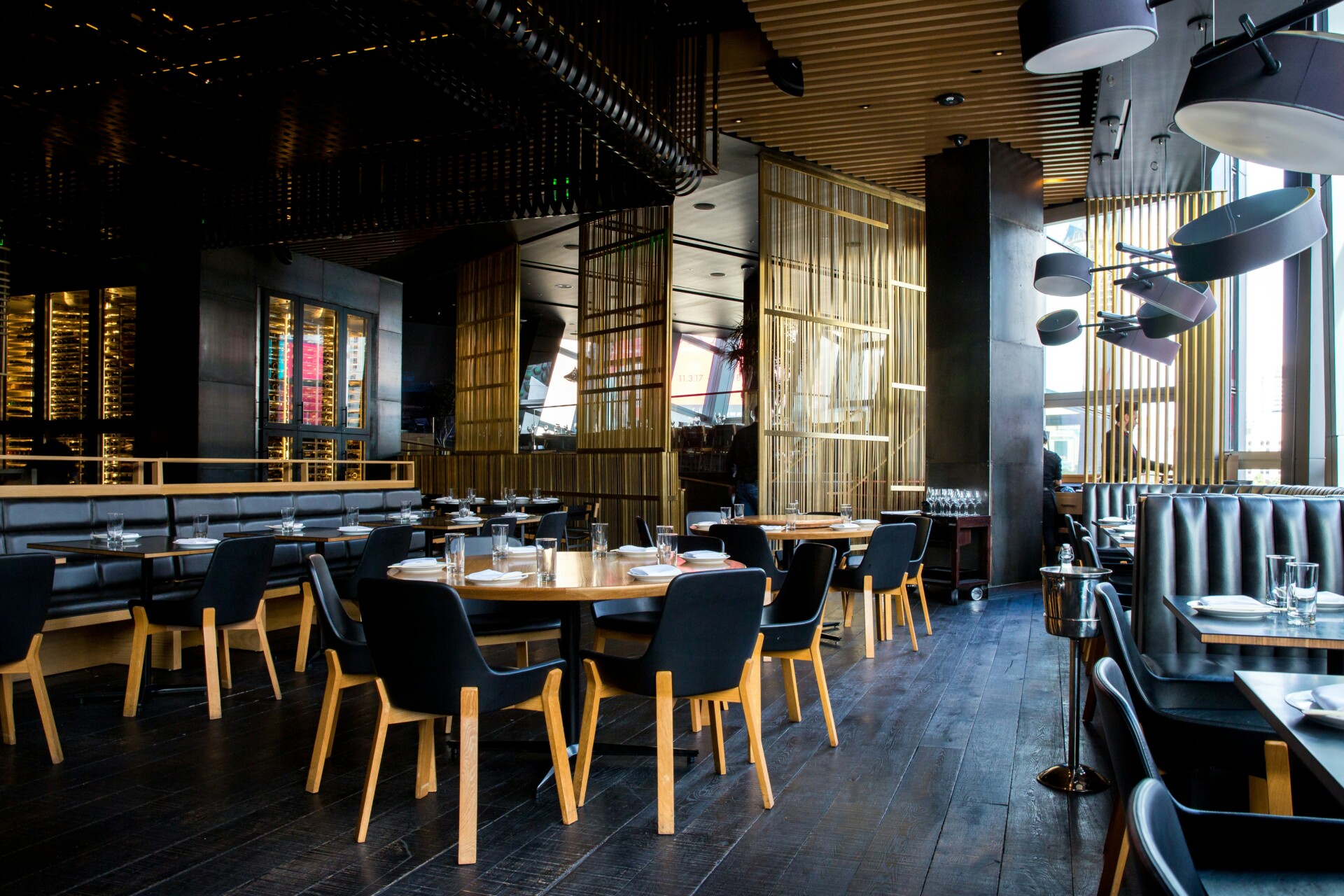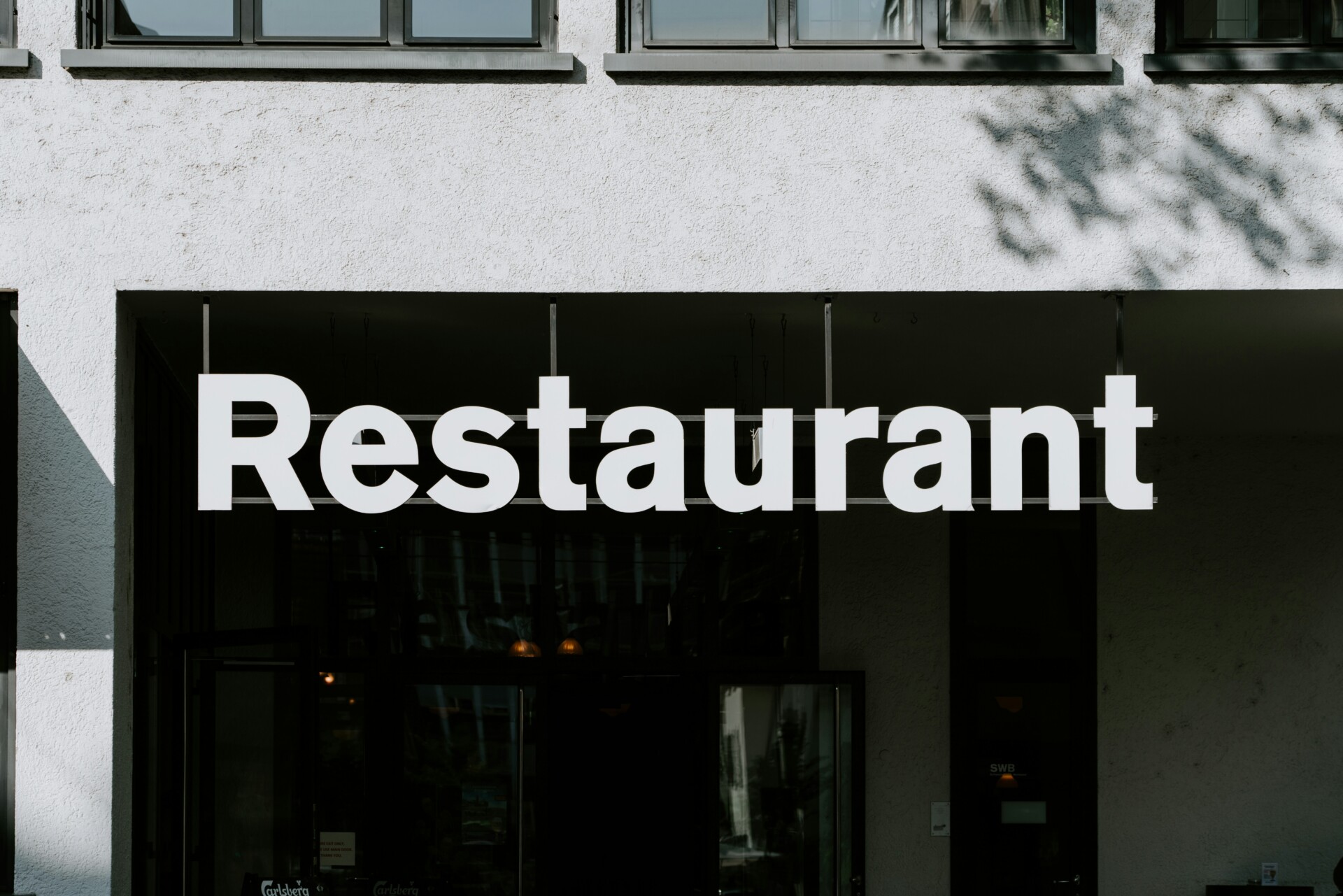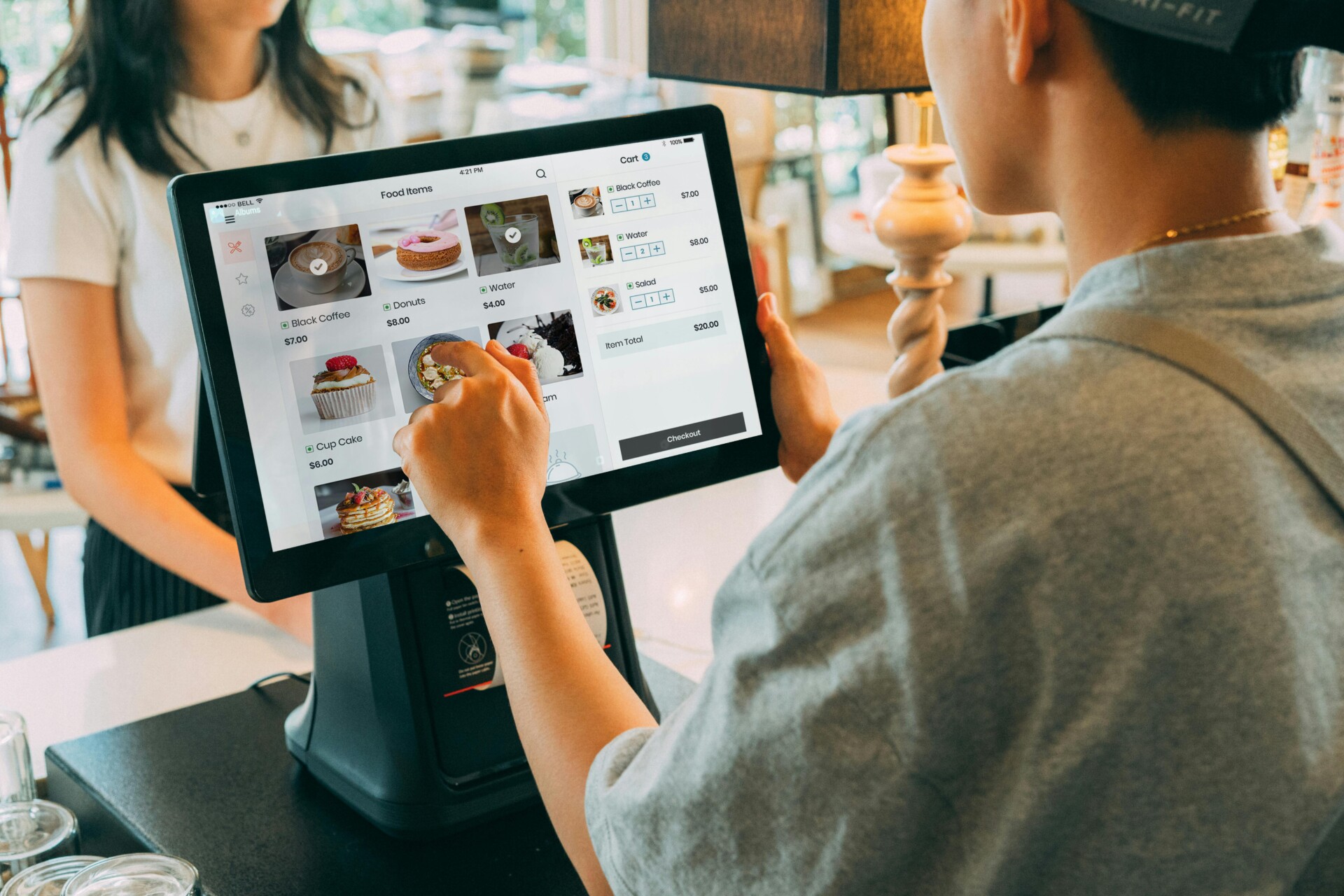The constant hustle and bustle of a busy restaurant can wreak havoc on flooring. From spilled drinks to dropped plates, restaurant floors endure constant wear and tear. Selecting the right flooring for these high-traffic spaces requires balancing durability, safety, and visual appeal.
Restaurant owners face a real challenge when it comes to flooring choices. The foundation of the dining room’s aesthetic must withstand relentless foot traffic while resisting stains and maintaining its appearance. Meanwhile, kitchen floors need to offer superior slip resistance and meet strict sanitation standards. There is no one-size-fits-all solution.
With numerous commercial-grade options available, from luxury vinyl tile to epoxy coatings, choosing the optimal flooring for each restaurant zone requires careful consideration. We will explore how various materials perform in high-traffic restaurant environments, balancing factors like slip resistance, noise reduction, cleanability, and visual impact.
By understanding the unique demands placed on restaurant flooring, we can select materials that create safe, attractive spaces built to withstand years of service. The right foundation allows restaurant owners to focus on what matters most—delivering exceptional dining experiences.
What Are the Most Durable Hard Surface Options for Restaurant Floors?
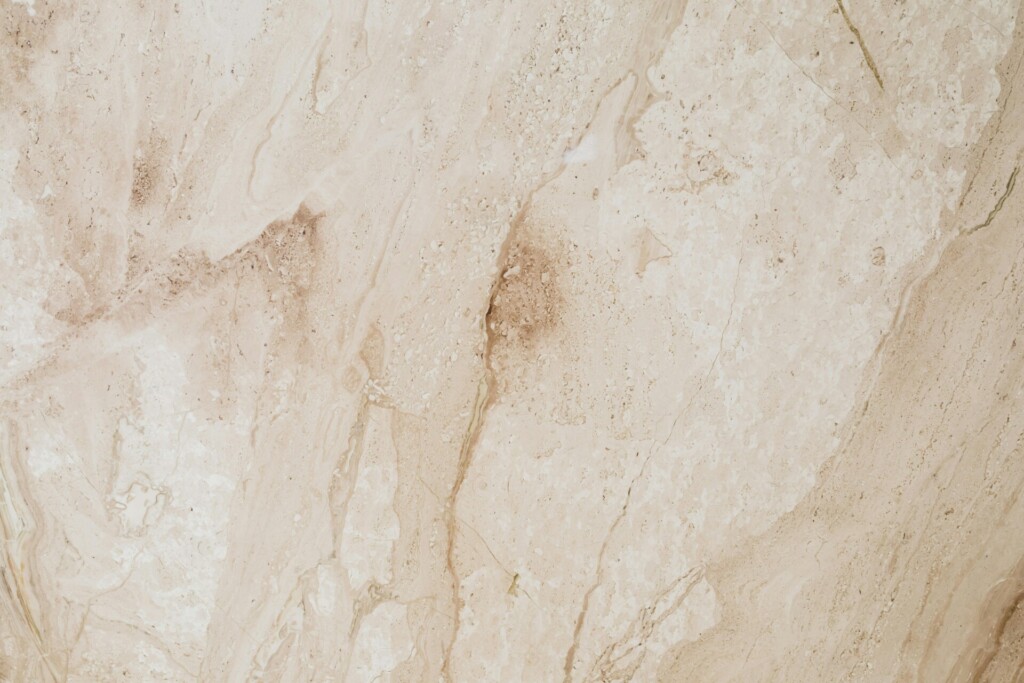
When considering durable flooring for high-traffic restaurant areas, several hard surface options excel in withstanding heavy use while maintaining their appearance. Let’s look at some top choices recommended for commercial kitchens and dining areas:
Polished Concrete
Polished concrete is an exceptionally durable choice that has gained popularity in recent years. Its remarkable strength allows it to endure constant foot traffic and heavy equipment. The smooth, sealed surface resists stains from food and beverage spills, making cleanup easy. Maintenance is straightforward – regular sweeping and occasional damp mopping are usually sufficient.
An advantage of polished concrete is its versatility in appearance. The concrete can be dyed various colors or stained for different effects. Texturing techniques can also be applied to enhance slip resistance in kitchen areas. Although the initial installation cost might be higher than some alternatives, the long-term durability and low maintenance needs often make it a cost-effective choice for restaurants.
Ceramic and Porcelain Tile
Ceramic and porcelain tiles have long been preferred for restaurant flooring due to their exceptional durability and water resistance. These tiles can handle heavy foot traffic without showing wear, and their hard, non-porous surfaces make them highly resistant to stains and spills.
The design versatility of tile is another benefit for restaurants. With a wide array of colors, patterns, and textures available, it’s easy to find tile that complements your restaurant’s aesthetic. Porcelain tiles, in particular, offer superior durability and moisture resistance compared to standard ceramic, making them ideal for both kitchen and dining areas.
Stone Flooring
For restaurants aiming for a more upscale appearance, natural stone flooring like slate or granite can be an excellent choice. These materials offer high-end aesthetics combined with impressive durability. Stone floors withstand heavy traffic exceptionally well and resist impacts from dropped items – a common occurrence in busy kitchens.
Slate offers a naturally slip-resistant surface, making it a safe option for areas prone to spills. Granite, while typically smoother, can be finished to improve traction. Both materials are highly resistant to stains when properly sealed. The main drawbacks of stone are higher costs and more intensive maintenance requirements compared to other options.
Epoxy Flooring
Epoxy flooring systems provide a resilient, waterproof coating over concrete substrates that is extremely durable and simple to maintain. This seamless flooring option creates a non-porous surface that resists stains, chemicals, and moisture – essential features in a restaurant environment.
Epoxy is particularly well-suited for commercial kitchens due to its ability to withstand thermal shock from hot water and steam cleaning. It is available in a wide range of colors and can incorporate additives for increased slip resistance. While professional installation is required, the result is a long-lasting floor that is easy to clean and maintain.
| Flooring Type | Durability | Maintenance Needs | Additional Features |
| Polished Concrete | High | Low | Versatile in appearance with dye and texture options |
| Ceramic and Porcelain Tile | High | Moderate | Wide variety of colors, patterns, and textures |
| Stone (Slate or Granite) | High | High | Luxury aesthetic and impact resistant |
| Epoxy Flooring | High | Low | Seamless and non-porous, suitable for kitchens |
Ultimately, the best flooring choice for your restaurant will depend on factors such as budget, aesthetic preferences, and specific usage requirements. We recommend consulting with a flooring professional to determine the optimal solution for your unique needs. Investing in durable, easy-to-maintain flooring will pay dividends in the long run through reduced replacement and maintenance costs.
Which Resilient Flooring Materials Work Best in Restaurant Environments?
When selecting durable flooring for restaurants, resilient materials offer an excellent balance of performance and aesthetics. Three top choices have emerged for restaurant settings: luxury vinyl tile (LVT), laminate, and rubber flooring.
Luxury Vinyl Tile (LVT)
LVT is increasingly favored by restaurant owners and designers. This versatile product consists of three key layers:
- A vinyl base layer for dimensional stability
- A digital graphic film layer that can mimic wood, stone, or other materials
- A protective wear layer to guard against scratches and stains
LVT’s durability withstands the heavy foot traffic common in busy restaurants, while its design flexibility suits any decor, from casual eateries to upscale dining establishments. The material resists moisture and is easy to clean, making it practical for spill-prone areas.
Laminate Flooring
Laminate is popular in the restaurant flooring market due to its scratch-resistant resin coating. This protective layer makes laminate highly resistant to the daily wear and tear restaurants experience, such as:
- Constant foot traffic from staff and patrons
- Chairs and tables being moved frequently
- Potential spills and dropped utensils
Laminate is also cost-effective and offers a wide range of design options to match any restaurant’s aesthetic. It is particularly well-suited for dining areas and entryways where appearance is important.
Rubber Flooring
Traditionally used in kitchen areas, rubber flooring is now more common throughout restaurants. Its unique properties make it an excellent choice for various zones within an establishment:
- Stain resistance to handle food and drink spills
- Slip resistance for improved safety in high-traffic areas
- Sound absorption to reduce noise levels in busy dining rooms
- Extreme durability to withstand constant use
Rubber flooring is especially beneficial in areas where staff stand for long periods, providing comfort underfoot and helping reduce fatigue.
| Flooring Type | Key Features | Best For |
|---|---|---|
| Luxury Vinyl Tile (LVT) | Design versatility, moisture resistance, easy to clean | Dining areas, entryways |
| Laminate Flooring | Scratch-resistant, cost-effective, various designs | Dining rooms, entryways |
| Rubber Flooring | Stain-resistant, slip-resistant, sound absorption | Kitchen areas, bathrooms, staff areas |
Each of these resilient flooring materials offers distinct advantages for restaurant environments. LVT provides unmatched design versatility, laminate delivers excellent scratch resistance at a competitive price, and rubber flooring excels in comfort and safety. By carefully assessing the needs of different areas within a restaurant—from the entrance to the dining room to the kitchen—owners can choose the ideal flooring solution to enhance functionality and aesthetics.
How Should Different Restaurant Areas Influence Flooring Choices?
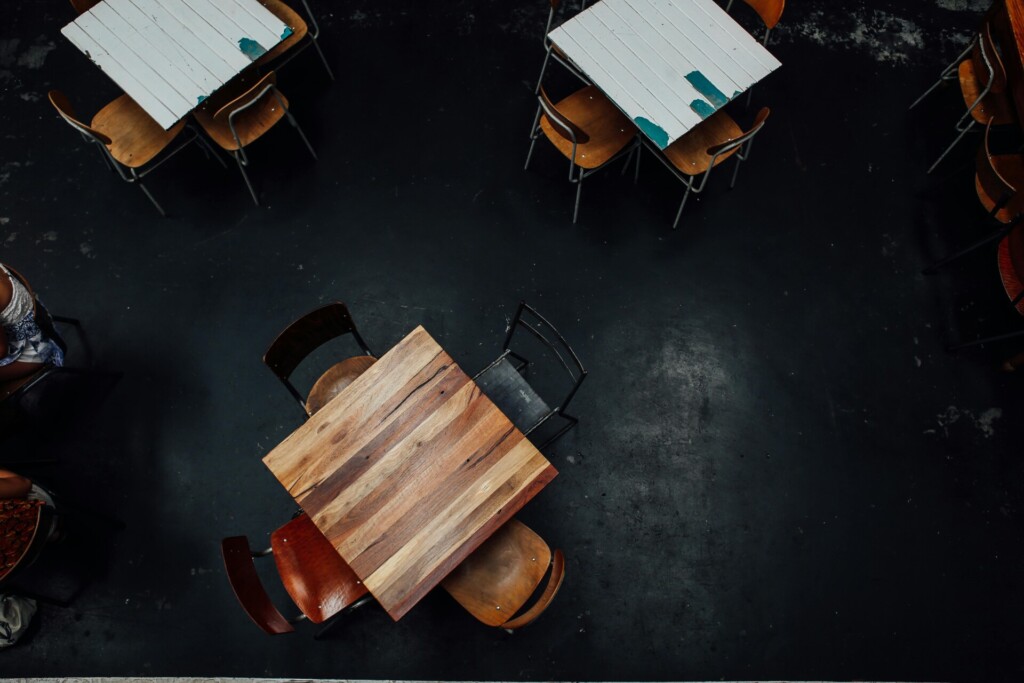
When selecting flooring for restaurants, it’s crucial to consider the unique needs of each area. Different zones face distinct challenges, from heavy foot traffic to spills and safety concerns. Let’s explore the best flooring options for key restaurant areas:
Dining Room
The dining room is the heart of any restaurant, requiring flooring that can withstand constant foot traffic while maintaining an inviting atmosphere. Here, durability meets design. Ideal options include:
- Carpet or carpet tiles: Offer comfort and noise reduction
- Porcelain tile: Highly durable and easy to clean
- Luxury vinyl tile (LVT): Combines aesthetics with practicality
- Natural stone: Adds elegance, though requires more maintenance
These choices balance the need for slip resistance with the desire for an appealing aesthetic. The flooring should complement your restaurant’s ambiance while standing up to the rigors of daily service.
Kitchen
Restaurant kitchens demand flooring that prioritizes safety and sanitation. The ideal kitchen floor should be:
- Waterproof and grease-resistant
- Slip-resistant to prevent accidents
- Able to withstand extreme temperatures
- Easy to clean and maintain
Top choices for kitchen flooring include:
- Quarry tile: A time-tested option known for durability
- Epoxy: Seamless and highly resistant to chemicals and impacts
- Commercial-grade vinyl: Offers comfort underfoot and easy maintenance
When installing kitchen flooring, it is essential to ensure proper slope for drainage and cove base installation to prevent water seepage.
Bar Area
Bar flooring must resist moisture from spills while maintaining an inviting appearance. Suitable options include:
- Sealed concrete: Industrial chic and highly durable
- Luxury vinyl plank: Wood-look without water worries
- Porcelain tile: Versatile in design and easy to clean
For bar areas, darker colors or patterns are often recommended to camouflage spills between cleanings.
Restrooms
Restaurant restrooms require flooring that is water-resistant and easy to sanitize. Good choices are:
- Porcelain tile with epoxy grout
- Sheet vinyl with heat-welded seams
- Epoxy coating
These options provide the necessary moisture resistance while allowing for design flexibility to match your restaurant’s aesthetic.
Entryway
The entryway sets the tone for your restaurant and must stand up to outdoor elements. Consider:
- Entryway matting systems to trap dirt and moisture
- Durable tile or stone that can handle high traffic
- Patterned commercial carpet to hide wear
A well-designed entryway not only welcomes guests but also protects your interior flooring from excess wear.
By tailoring flooring choices to each area’s specific needs, a cohesive design is created that enhances safety, efficiency, and the overall dining experience. Our experienced team considers factors like slip resistance, durability, and maintenance requirements to select the perfect flooring solution for every zone in your restaurant.
Conclusion: Selecting the Right Durable Flooring for Your Restaurant
Choosing the right flooring for your high-traffic restaurant involves carefully considering durability, functionality, and aesthetic appeal. The best option varies based on the specific areas of your restaurant and unique needs. By selecting appropriate materials for each zone—such as epoxy or quarry tile for kitchens, luxury vinyl tile or stone for dining areas, or specialized options for bars and restrooms—you can create a cohesive, practical, and attractive environment.
When making your selection, it’s important to weigh factors like slip resistance, ease of cleaning, and visual impact alongside pure durability. Even the toughest flooring materials require proper installation and regular maintenance to perform at their best. By investing time in researching options and collaborating with experienced installers, you can maximize the lifespan and effectiveness of your chosen flooring.
Ultimately, the right flooring solution balances performance under demanding conditions with your restaurant’s aesthetic vision. Consider how different materials contribute to the overall atmosphere while withstanding constant foot traffic, spills, and the rigors of food service. With careful planning and quality materials, your restaurant flooring can be both beautiful and durable.
To explore durable flooring options tailored to your restaurant’s unique needs, contact the commercial flooring experts at EB3 Construction. We can help you navigate material choices, address installation considerations, and develop a flooring plan that will serve your business well for years to come.

